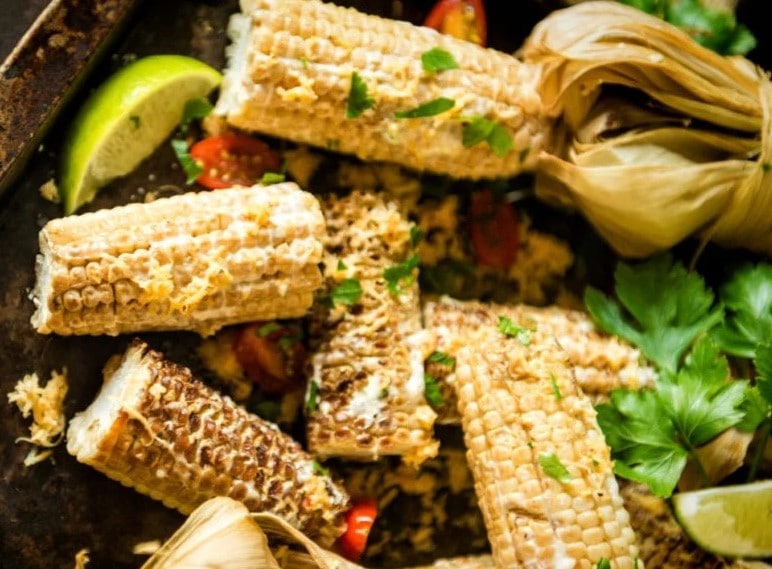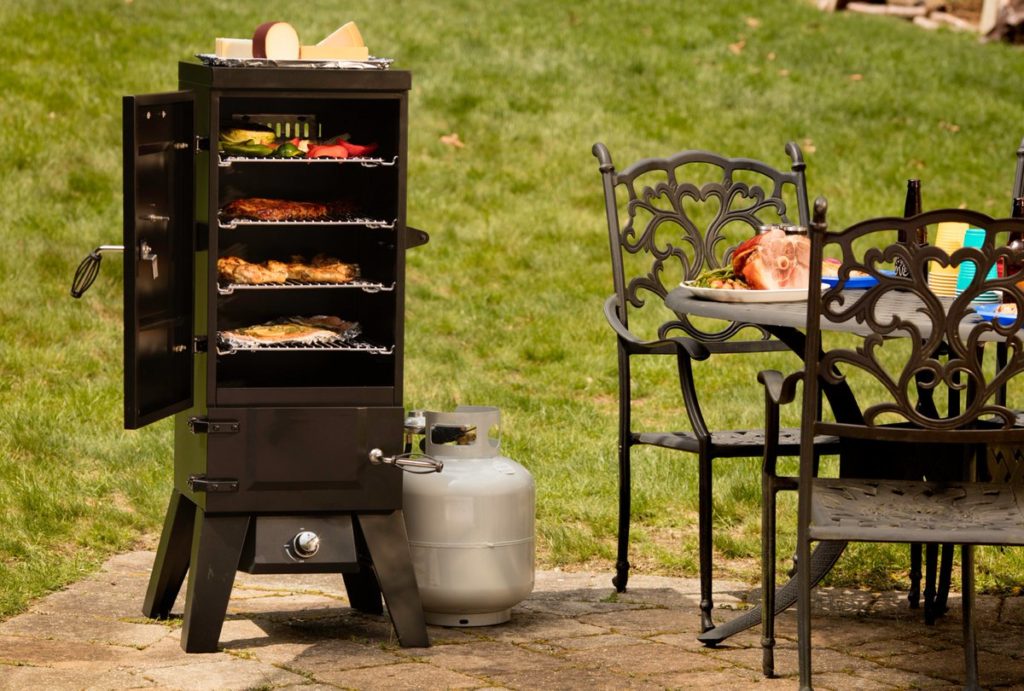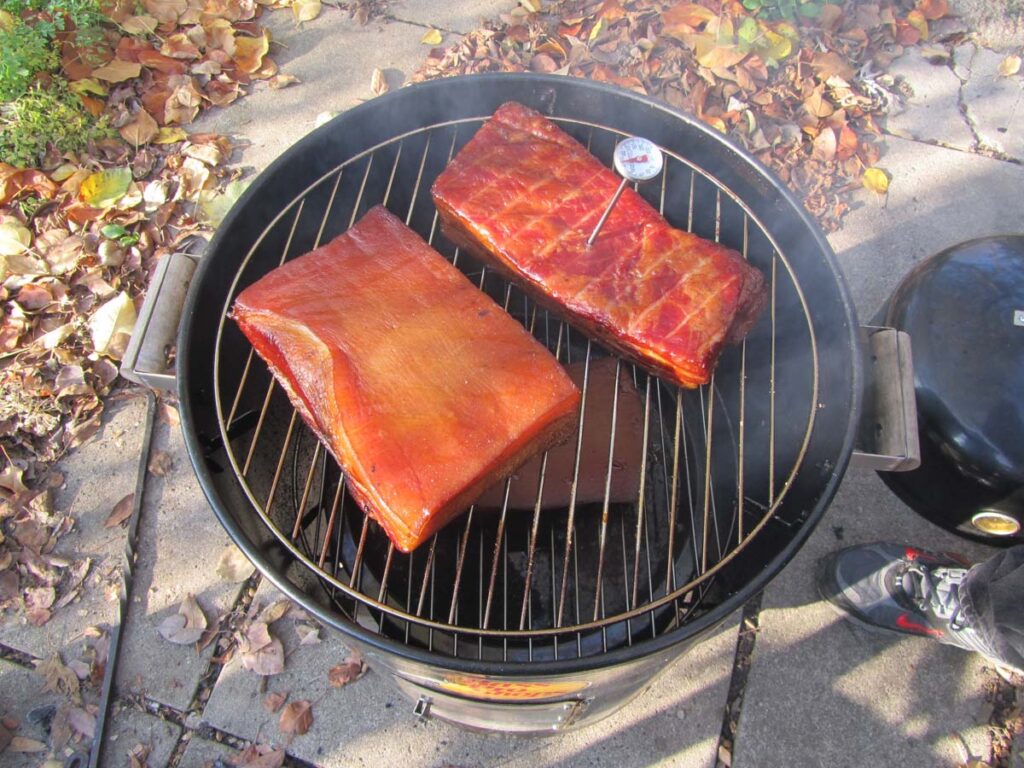

Brisket just happens to be one of those slow-roasted or slow-smoked dishes that are always undercooked or overcooked, just simply because people have no idea how to probe the brisket. Probing the brisket is simply a matter of sticking a meat thermometer inside of it to check to see if it’s done. The problem is that brisket is such an uneven cut of meat it can be challenging to determine if the entire roast is adequately cooked. Your goal as a brisket maker is to get your barbecue, fire, or smoker up to 250F degrees before you place the meat inside of it. If you are cooking it in an oven, 250 degrees is also the magic number, and that is when you pull the meat out of the smoker to rest.
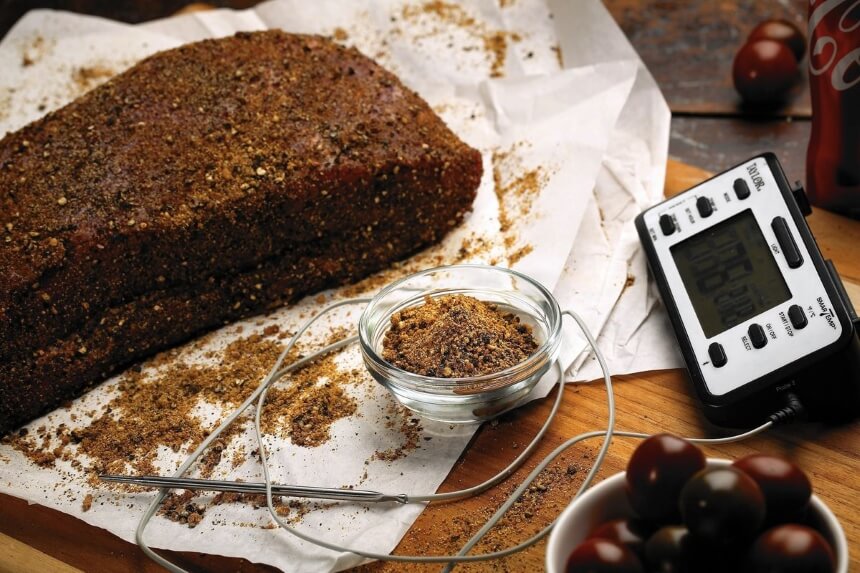
Through this process, you should be taking the brisket’s temperature after the first four hours and then once an hour after that, consistently inserting the probe in the thickest part of the meat.
Marinating the brisket in juices and spices overnight in the refrigerator is also recommended. Gourmet chefs recommend soaking your brisket in brine created from boiling garlic, pickling spice, garlic, and bay leaves before putting it in your smoker. This helps soften the cartilage, and in fact, the word brisket earns cartilage and comes from the world brisket in old Middle English.
The brisket flavor can also be enhanced by cooking it over hickory, pecan, maple, or oak mini logs, as is traditionally done when cooking a Kansas City-style or Texas Southern-style bbq.
If the brisket is underdone, it will be pink and springy to the touch and have mouth-feel like rubber bands. If it is overdone, it will be tough and have burnt and ashy fibers. This is why it is so important to have a meat probe to check the progress of your cook on different areas of the meat, especially if the cut of the meat weighs more than 10lbs. Experts who can tell the doneness of the brisket by the feel of it say that the finished brisket should have the texture of a slightly deflated balloon Trusted Source Brisket is worth the wait As smoke from the oak-burning barbeque pits swirled around his head, Nestor Laracuente lit a Malboro Red, inhaled hard and згаув put his own cumulus cloud. www.nytimes.com and feel relaxed.
Brisket usually needs six to eight hours at 250F oven before it will reach the ideal temperature between 195-200. The protocol is to cook it for three to four hours until the internal temperature is around 165. You measure the temperature using a digital or remote digital thermometer. However, even though you have reached that sweet spot internal temperature, your beef brisket is still not done cooking. You can let it rest for 5-10 minutes or more and then enjoy.
Many expert bbq chefs can tell a beef brisket is done just by looking at it by eye. A perfect bbq beef brisket is usually black, almost burnt looking thanks to the smoke, burnt wood, and fat drippings giving it a crust. However, beneath that crusty surface is tender, flavorful meat.
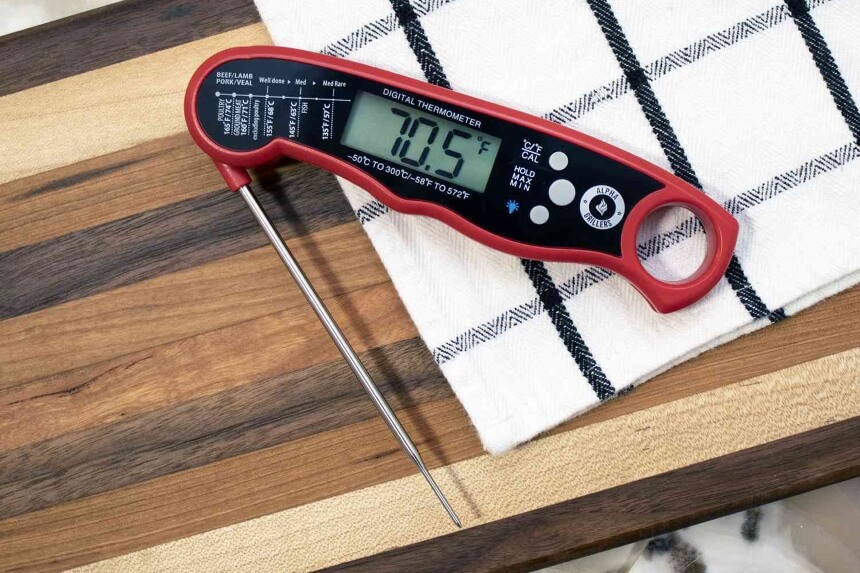
Although a remote meat thermometer seems like a better idea for probing brisket, especially if you are cooking it in a smoker or over a grill, there are state-of-the-art probes such as the Kuluner Waterproof Digital Instant Red Meat Thermometer that has a 4.6-inch foldable probable thermometer and a digital readout with a backlight. This kind of designer temperature is so efficient it can take the brisket temperature in 2 seconds flat
There is also a remote wireless digital cooking food thermometer with a hands-free design that allows you to stand more than 300 feet away from the brisket and monitor its temperature. The ThermoPro TPO7 digital meat thermometer is a good example of this kind of remote wireless meat thermometer; it comes with a timer, remote, preset temperature settings, a transmitter and receiver, and a flashing alert to tell you when your meat has reached its desired temperature.
Brisket is a massive cut of beef taken from the lower breast of the cow that can be from 10 to 20lb. It includes the superficial and deep pectoral of the cow and therefore contains a lot of collagen because these muscles provide the bovine with enough strength to stand. Trusted Source Brisket - Wikipedia en.wikipedia.org
There is a flat part to the cut, and a pointed part joined by connective tissue. It is also a highly fatty cut of meat. You also have the option of buying either the flat cut or the point of the brisket. The flat cut is more rectangular in shape and leaner and is often used for corned beef or brisket rectangles.
The point cut of brisket is best for shredding into pulled beef, although both cuts work. It is triangular-shaped, fattier, and slightly more tender. It is sometimes called the second cut or deckle.
Before you shop for brisket, determine how much you need. You can count on losing about 1/3 of a pound of brisket for every pound that you buy.
The absolute best place to buy brisket is from your local farmer or a butcher who deals with local organic products. A butcher will know how to cut a brisket so that it is either the triangle-shaped point that is best for pulled beef or the flat cut that is a bit leaner. You can also buy either or both, shrink-wrapped in one package at your local supermarket.
It’s always advisable to smoke your brisket as soon as you get it home from the butcher or the store, which gives you around a week to use if stored covered in a fridge. If it is shrink-wrapped, it can last up to a year in a freezer.
Cooked brisket lasts from around 2 to 3 months in the freezer. If you plan to make beef brisket sandwiches out of the leftovers, plan on using it within 3 or 4 days.
When it comes to smoking brisket, it is best to find yourself a nice point cut of brisket, although a flat cut will do as well. Make sure the meat is nicely laced with connective tissue and that that the brisket floats on a layer of fat, as that is what will give flavor. You will get great results if the meat rests in the fridge for 8 to 10 hours in your smoker at 250F before cooking. After the first four hours of cooking, probe your brisket with your digital or remote thermometer to ensure that it reaches that 195-200F point. Now that you know how to probe the brisket with the right type of meat thermometer, you will never again have to dine on overcooked or undercooked brisket meat.
